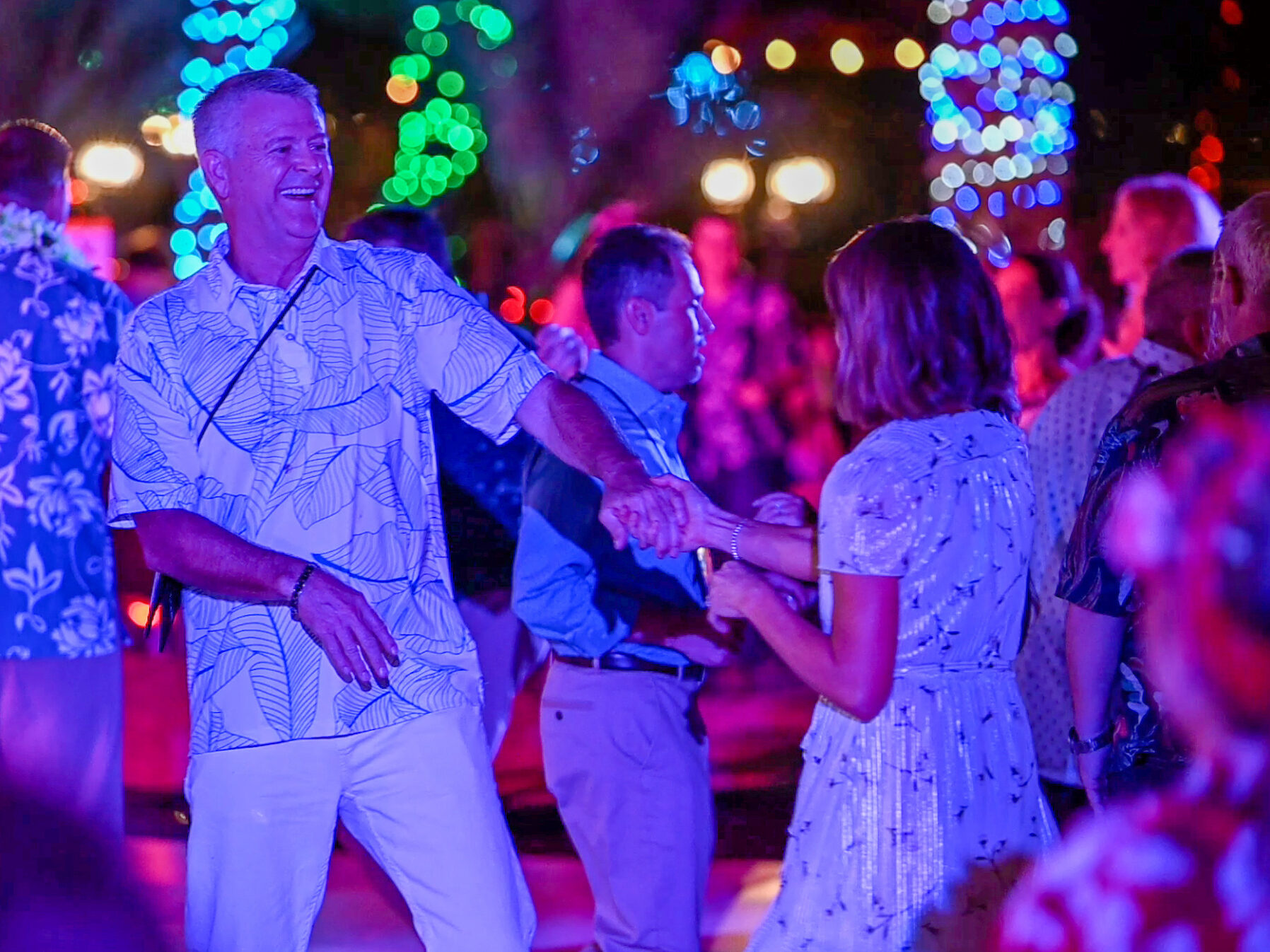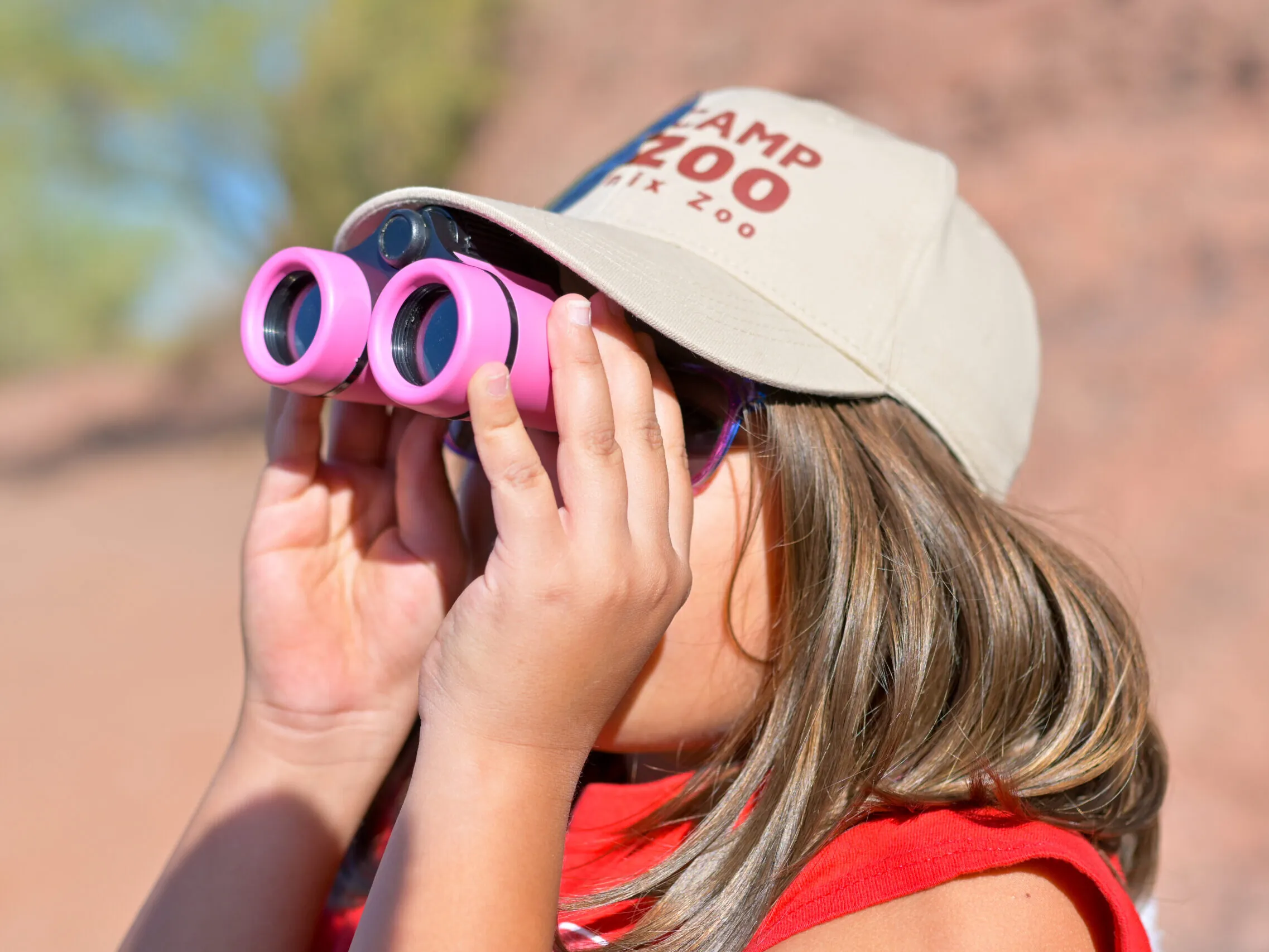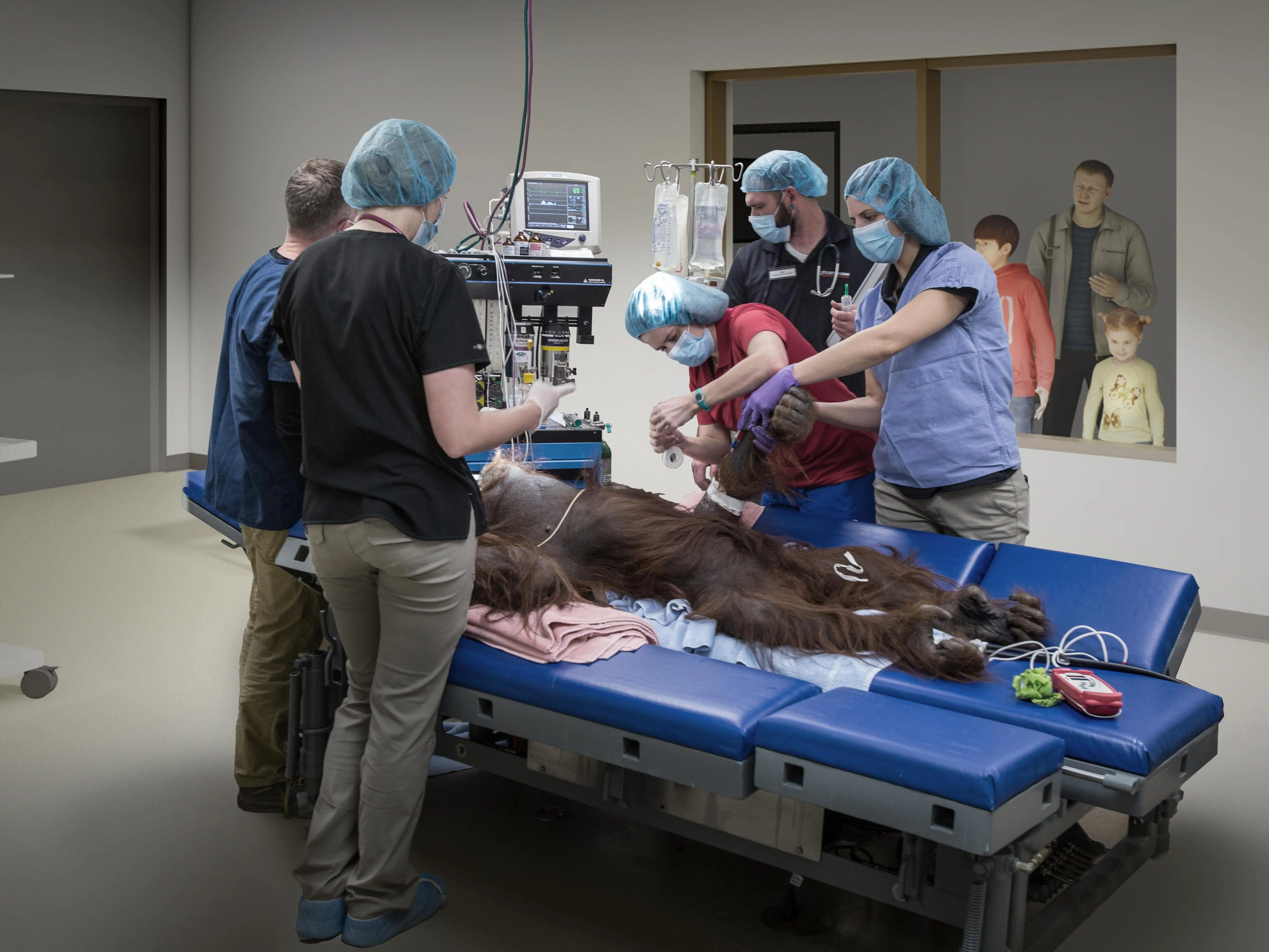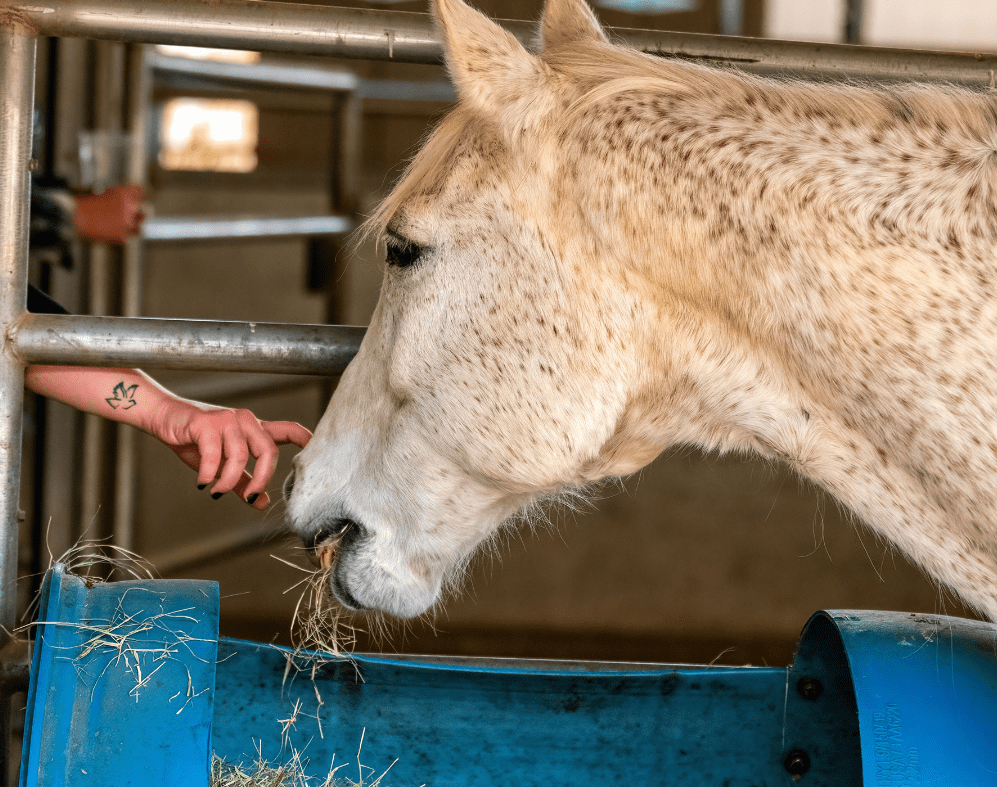Editor’s Note: This is a special guest post from Corporate Club Member, Springboard Recovery, on animal-assisted therapy.
Animal-Assisted Therapy: Healing Through Bonding
In recent years, more and more people have found healing through Animal-Assisted Therapy (AAT), which combines therapeutic activities and animal bonding sessions under the supervision of a licensed therapist. AAT is used as a combination treatment for many conditions such as PTSD, grief, anxiety, addiction, etc. For sufferers of addiction, AAT reduces the negative emotions that might trigger a relapse, restores self-confidence, improves physical health, and nurtures key skills for long-term recovery.
Therapeutic sessions can be done one-on-one or in groups. Sessions involve a variety of activities, from petting a cat to riding a horse. Animal-Assisted Therapy is available at several centers across the US. In the Greater Phoenix Area, Springboard Recovery is a highly-rated clinic with compassionate staff that provides free consultations to discuss treatment options that include AAT.
Equine-Assisted Therapy (EAT)
In EAT, a licensed health professional incorporates therapy horses into the treatment process.
Horses are calm, gentle animals, and have a soothing effect on their surroundings. Physical activities like riding and grooming help develop participants’ motor skills, muscles, and balance. Interactions with therapy horses also reduce stress, anger, and blood pressure levels while improving physical health.
Therapy horses teach participants about impulse control and anger management. The horses serve as mirrors for a participant’s mental state. If the participant becomes frustrated, the horse will sense this and become agitated as well. Horses require a gentle touch for successful communication. Participants thus learn how to empathize and regulate their emotions during interactions, a vital skill for socializing with other people.
Canine-Assisted Therapy (CAT)

In CAT, a licensed health professional incorporates therapy dogs into the treatment process. Participants may do a variety of activities with therapy dogs, such as: taking them out for walks, playing with them, reading out loud to them, and grooming them.
Therapy dogs provide unconditional love. Their frequent displays of physical affection help participants feel supported and loved during therapy, while their energetic style of play encourages more physical movement and exercise. Interacting with therapy dogs reduces stress, anxiety, and even blood pressure.
Bonding with therapy dogs over repeat sessions helps promote empathy, higher cognitive functioning, and even social skills. Socially awkward people may find it easier to talk to therapy dogs; they can build a bond of trust with the animal because they know it will not judge them. This positive experience helps participants become more comfortable communicating with their therapist, and, eventually, other people.
AAT Qualifications
AAT is not a treatment that can be provided by just anyone. Many people can feel positive effects from being around animals at home, in the wild, or at the zoo, however, this is not the same as therapy given by a trained professional and therapy animal. It will not have the same benefits or effectiveness.
First, there is a big difference between a therapy animal and a pet. Therapy animals are thoroughly trained to be gentle and obedient when interacting with participants during sessions. Forcing a pet into a bonding activity they are not familiar or comfortable with may cause them to lash out.
Secondly, bonding with animals is only part of the therapeutic process. A licensed therapist is necessary to properly guide participants through activities for them to receive the full benefit.
Finally, it is important to have all human-animal interactions supervised by a professional for the health and safety of both. Supervisors are responsible for cleaning up after therapy animals, providing them with food and water, and making sure they do not become stressed during activities.
Additionally, AAT is considered an alternative or complementary therapy, so combining it with other addiction treatment programs will provide even more effective results. AAT inclusion in treatment programs increases the likelihood of a patient completing therapy.







